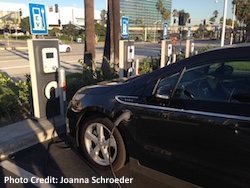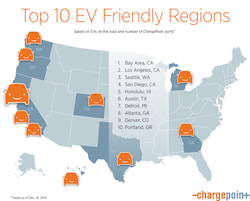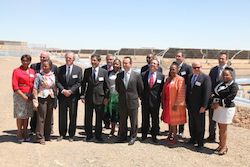The Louisiana Public Service Commission has released a draft report that the Partnership for Affordable Clean Energy (PACE) says sheds “significant light” on the inequities caused by the state’s treatment of distributed solar generation. The report finds that the state’s current public subsidy for solar power is unsustainable but also that the net metering requirement for utilities is shifting considerable grid costs from solar customers to non-solar customers.
PACE is calling this “unfair” and wants the state to change its treatment of distributed solar. They cite several important conclusions found in the report:
- More than $2 million in grid costs are being shifted to non-solar customers in Louisiana. This could grow to $31.4 million by 2020.
- Costs associated with net metering in Louisiana far outweigh the benefits. The negative cost is already $89 million and is estimated to rise to between $125 million and $488 million.
- Net metering customers have incomes on average 35% higher than non-solar customers, meaning the state’s net metering policy is shifting grid costs from those with more money to those with less.
- Louisiana’s net metering policy could cause power customers to pay as much as $809 million more if it is left unchanged.
- Louisiana’s taxpayer subsidy to solar customers has grown from an originally estimated half a million dollars annually to $42 million per year, making it one of the most generous in the nation.
 In Louisiana, as in many other states, regulatory policy allows a small group of customers to use the power grid as a battery backup when they are unable to rely on their solar rooftop systems. However, PACE notes that these customers are unwilling to help pay for the cost of maintaining a reliable electricity grid in Louisiana. While solar is a valuable resource, says PACE, everyone should pay their fair share for the use of the power grid. Right now, as the report clearly shows, those costs are being shifted to less affluent non-solar customers, which is both unfair and unsustainable.
In Louisiana, as in many other states, regulatory policy allows a small group of customers to use the power grid as a battery backup when they are unable to rely on their solar rooftop systems. However, PACE notes that these customers are unwilling to help pay for the cost of maintaining a reliable electricity grid in Louisiana. While solar is a valuable resource, says PACE, everyone should pay their fair share for the use of the power grid. Right now, as the report clearly shows, those costs are being shifted to less affluent non-solar customers, which is both unfair and unsustainable.
How to incorporate solar energy in way that is fair and benefits all electricity consumers is becoming a hot button issue around the country. For example, Arizona and New Mexico, fees for solar users have been viewed as solutions to this issue while Hawaii has recently lowered net metering rates. PACE is calling on Louisiana to review other states’ policies as a guide to create fairness.








